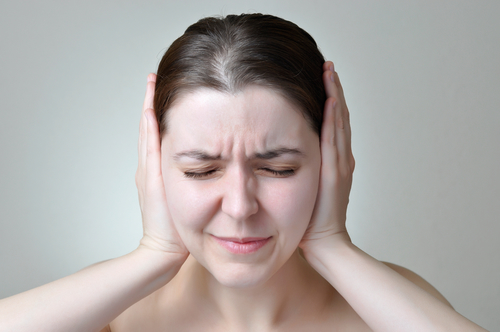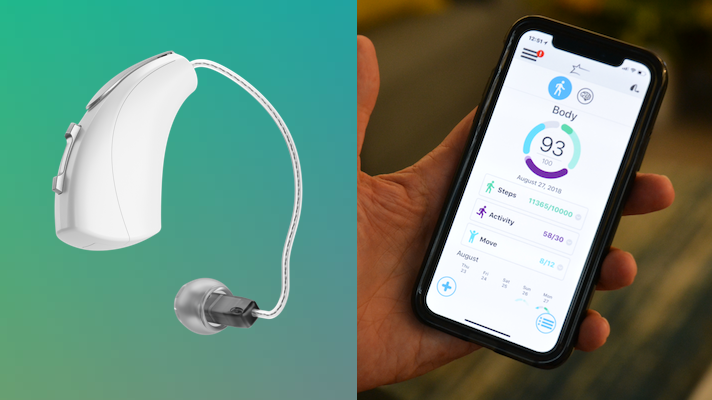They say silence is golden, but when you live in a world of perpetual silence because you have trouble hearing it can be frustrating and isolating. Hearing loss is a serious condition impacting millions of people every year, but not all hearing loss is the same—learn a little more here about some of the different types of hearing loss, treatment options, and things that might cause it to minimize or avoid hearing loss in the future.
Conductive Hearing Loss
Ears are an intricate and elaborate system of canals, drums, bones, and more. When one of these parts is malformed or damaged it can cause conductive hearing loss. Some of the things that may cause this type of hearing loss include:
- Outer ear, ear canal, or middle ear structural malformation
- Frequent ear infections that cause fluid buildup
- Tumors
- Earwax buildup
- Allergic reactions
- Eardrum perforation
- Otosclerosis
The treatment options available for conductive hearing loss depend largely on the causes of the hearing problem. If it’s a malformation or other deformity present at birth it may require surgical intervention and correction. For situations where surgery cannot fix the problem, hearing aids or surgical implants can help. For hearing loss related to infection or trauma, talk to a hearing doctor about medication, and perhaps surgery for cases where the problem is ongoing or chronic.
Sensorineural Hearing Loss (SNHL)
Remember when your mom told you to turn down that music or you were going to go deaf? She may have been on to something. Sensorineural hearing loss, or SNHL, is nerve-related damage in the inner ear. The most common causes for this problem are repeated exposure to loud noises (or even a single exposure to a very loud noise), head trauma, or diseases that damage the nerves in your ear. This type of hearing loss can also be hereditary, or could be the result of aging.
Like conductive hearing loss, treatments for SNHL depend on the reason behind the hearing loss. For many, this type of hearing loss can be minimized or eliminated entirely by wearing hearing protection (such as ear plugs or ear covering) any time you are exposed to loud noises, such as at work (especially if you work in industries such as airlines, construction, or places where power tools and loud machinery are often present), at concerts, or during recreational activities such as shooting or hunting. With the proliferation of headphones, teens and young adults would also be wise to turn down the volume on their personal music devices, and while watching TV or playing video games.
Some options include treatment with corticosteroids to reduce swelling and inflammation in the cochlea hair cells, emergency surgery in cases where hearing damage is the result of trauma, long-term drug therapies for medically-related SNHL, surgery to remove tumors that might damage the nerve, and hearing aids.
Mixed Hearing Loss
Sometimes hearing loss is the result of both conductive and SNHL, meaning there is structural damage to the outer or middle ear and damage to the auditory nerve. An audiologist can help you determine if this is the case for you, and may recommend addressing the conductive hearing loss first, then figuring out the best way to treat the sensorineural hearing loss.
Before getting any hearing treatment, it’s best to consult a medical professional who can properly diagnose your hearing loss and determine whether you need surgery, medication therapy, hearing aids, or some other option.






